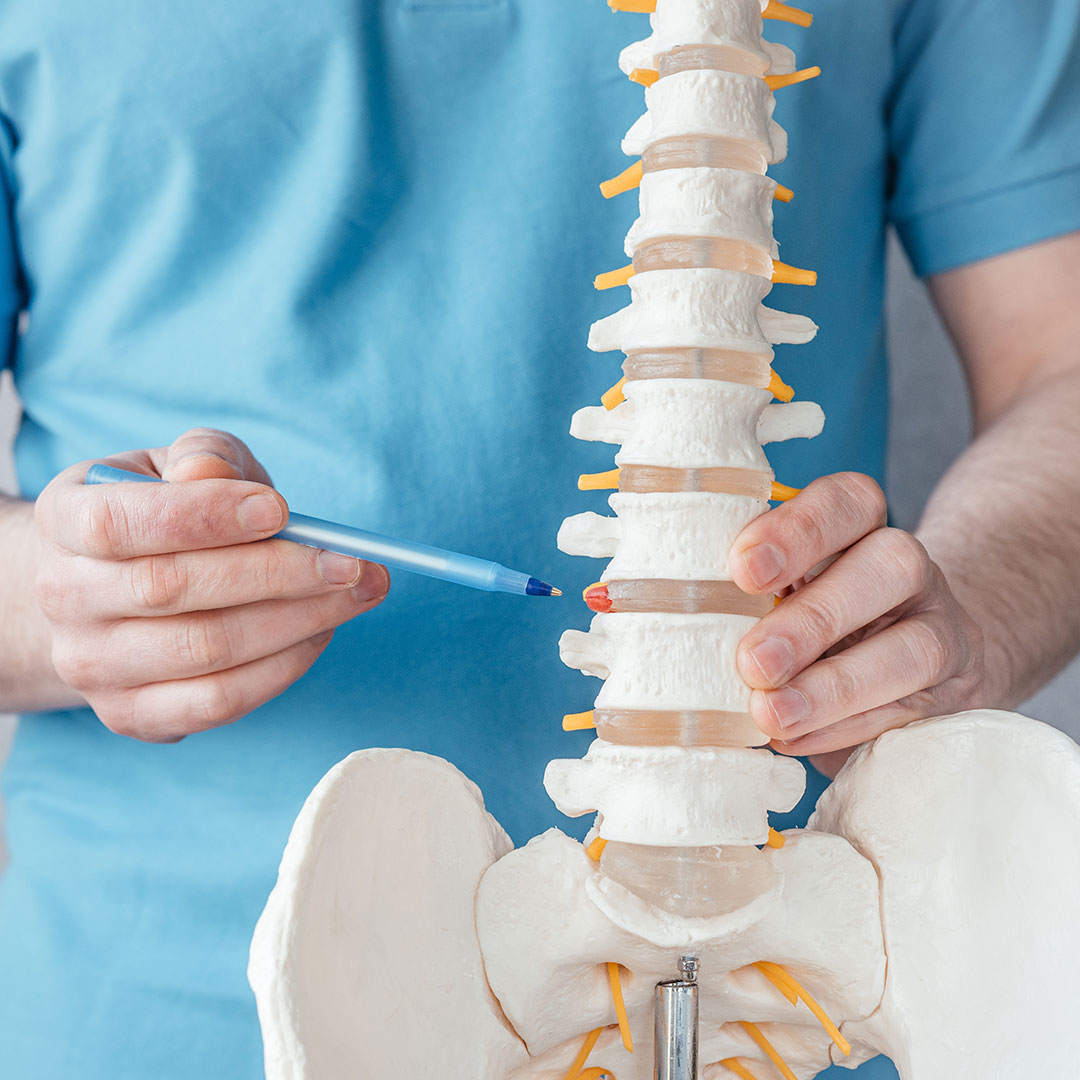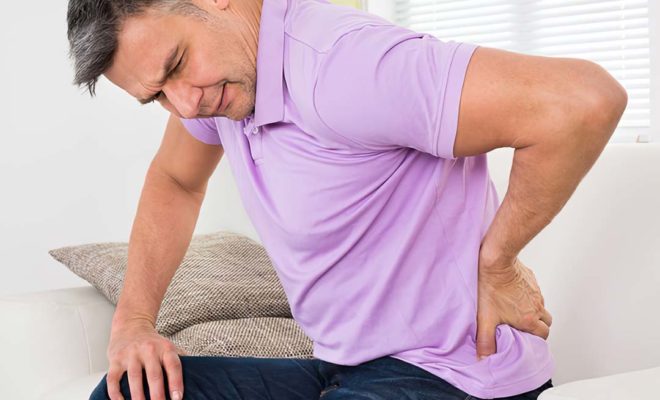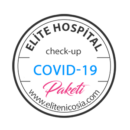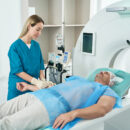How is Lumbar Disc Herniation Treated?

Lower back pain is extremely common and is the second most common reason people seek medical help. Despite the large number of patients complaining of low back pain, only 1 in 100 patients have complaints such as sciatic pain, and 1 in 130 patients have a herniated disc (lumbar disc herniation).
A herniated disc is a condition in which the nerve roots become compressed after rupture, tear and wear in the rubbery cushions (discs) located between the bones that form the spine.
Complaints seen in a herniated disc are low back pain, pain in the legs called sciatica, numbness and weakness in the feet. Waist and leg pain may have many causes other than a herniated disc. Since low back pain can sometimes be seen in very serious diseases such as serious infections, cancer, tumors and spinal fractures, it is very important to make a correct diagnosis and not to delay.
Sciatica is so typical of a herniated disc that the likelihood of a clinically significant disc herniation without sciatic pain is very low. However, there are exceptions to this, Cauda Syndrome, which occurs suddenly with symptoms such as urinary incontinence and weakness in the legs, is one of these exceptions. Another exception is the condition in which the spinal canal is narrower than normal size, called spinal stenosis.
What are the treatment methods?
Ani gelişen bel ağrılarında hastaların yaklaşık %80-90’1 cerrahi müdahale ya da diğer tedaviler olmadan iyileşebilmektedir. Bel ağrısında sadece %2-3 hastadacerrahi gerekir. Toplumdaki bel ağrı görülme sıklığı %80’leri bulduğu için bel ile ilgili yapılan cerrahi tedavilerin sıklığı gün geçtikçe artmaktadır. Cerrahi dışı yöntemlere rağmen ağrınız yaşam kalitenizi bozuyorsa bacakta kuvvet kayıpları ve hissizlik ortaya çıkmışsa cerrahi tedavi gerekebilir. Kişinin bacaklarında güç kaybı, hissizlik, idrar ve tuvalet tutamama gibi şikayetlerin varlığı fıtığın önemini gösterir ve acil bir müdahale ihtiyacını doğurur.
Non-Surgical Treatment Methods
When a herniated disc is diagnosed, relief can be achieved with bed rest, pain-relieving medical treatments, and sometimes physical therapy in physical therapy and rehabilitation centers. In the majority of patients, complaints regress with these methods. Medications to be administered to the spinal cord (Epidural injections) are also an interventional treatment method used to reduce inflammation and pain caused by hernia.
Surgical treatment
The aim of surgical treatment is to eliminate the pressure of the herniated disc on the nerve, which causes pain and weakness in the leg. The gold standard used in surgery today is the microsurgical method. With post-surgical exercises, the patient returns to his normal life in a short time. If the patient has a weight problem, it is recommended that he lose weight and walk under the supervision of a dietitian.
Op. Dr. Nasif Ortas
Brain, Nerve and Spinal Cord Surgeon
Contact Us For Appointment:
Telephone line: 0392 444 3548 (ELIT)
Contact Form: https://www.elitenicosia.com/iletisim/












